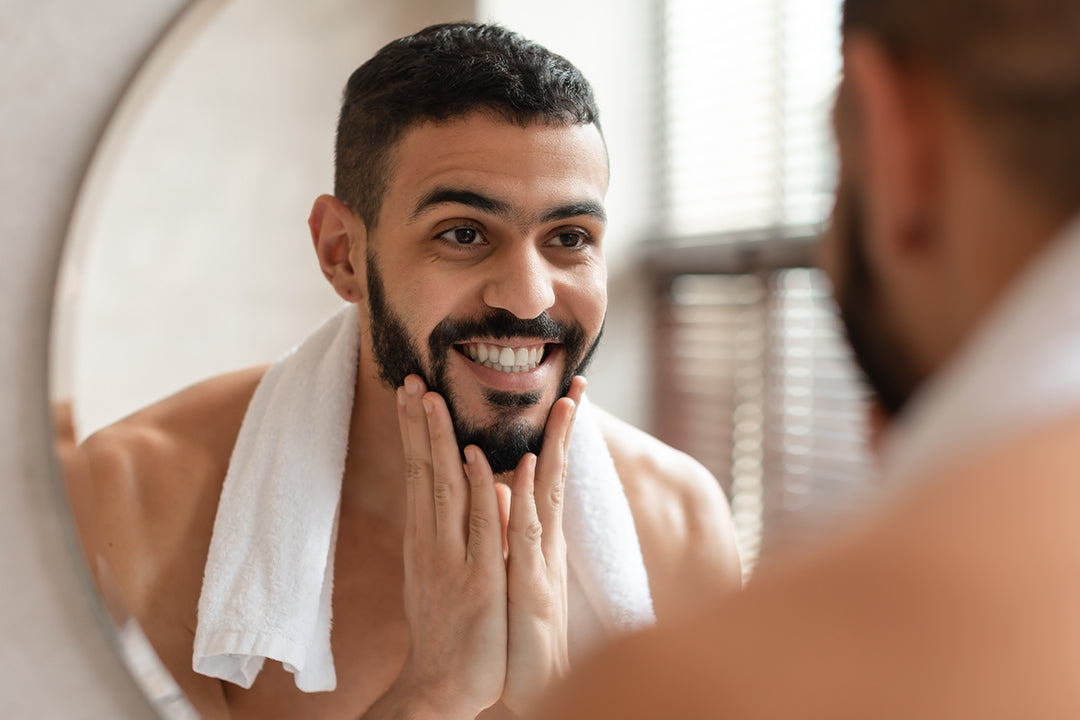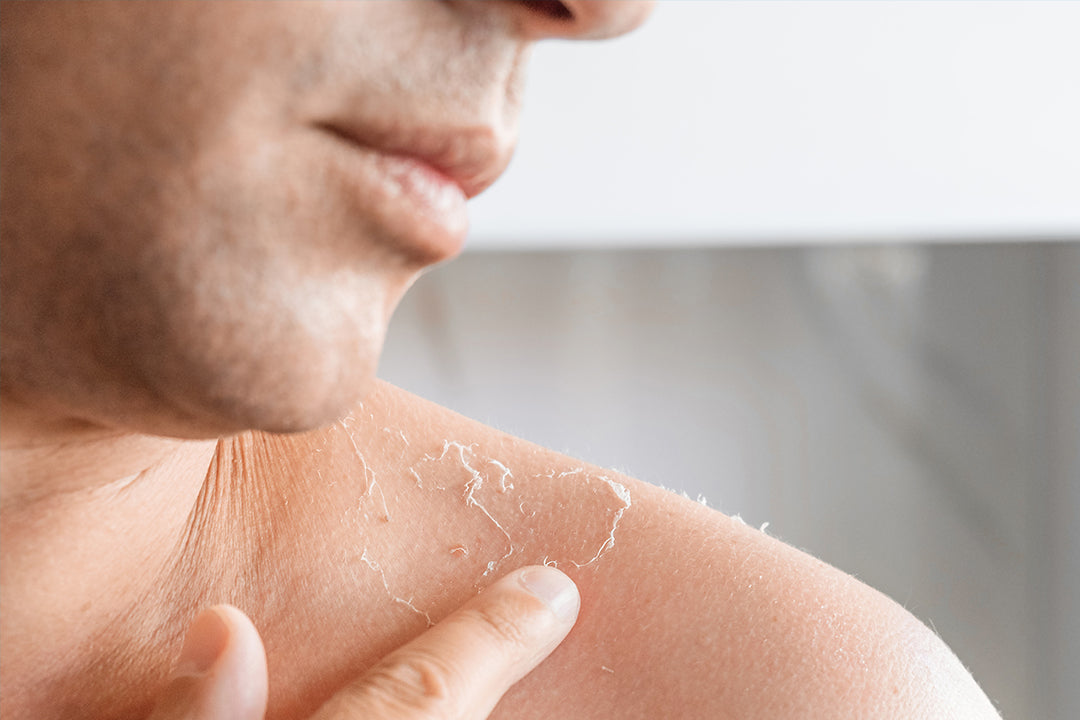Sebaceous filaments are a common skin concern that many people struggle with. These tiny pore-like structures can often be mistaken for blackheads, but they are actually quite different. While sebaceous filaments may appear similar to blackheads, they serve a different purpose and should be treated differently.
What are Sebaceous Filaments?
Sebaceous filaments are small, hair-like structures that are naturally present on the skin. They are most commonly found on the nose, but can also appear on other areas of the face and body. These filaments are made up of sebum, dead skin cells, and bacteria, and their main function is to carry sebum from the sebaceous glands to the surface of the skin.
Unlike blackheads, which are clogged pores filled with dirt and debris, sebaceous filaments are a normal part of the skin's structure. They help to moisturize the skin and keep it healthy. However, when sebaceous filaments become enlarged or visible, they can be a source of frustration for many people.
Why Should You Leave Sebaceous Filaments Alone?
It is important to understand that sebaceous filaments are not harmful or dangerous to your skin. In fact, they are a natural and necessary part of the skin's function. Trying to remove them forcefully or excessively can cause damage to the skin and disrupt its natural balance.
When you squeeze or extract sebaceous filaments, you may temporarily remove the contents, but the filaments themselves will quickly refill with sebum. This can lead to a vicious cycle of constantly trying to remove them, which can damage the skin and lead to inflammation, redness, and even infection.
Additionally, removing sebaceous filaments can disrupt the natural barrier of the skin, making it more susceptible to environmental damage and infection. It is best to leave sebaceous filaments alone and focus on minimizing their appearance through gentle and consistent skincare practices.
How to Minimize the Appearance of Sebaceous Filaments
While you may not be able to completely eliminate sebaceous filaments, there are several steps you can take to minimize their appearance:
1. Keep Your Skin Clean
Regularly cleansing your skin with a gentle cleanser can help remove excess sebum and dead skin cells that can contribute to the visibility of sebaceous filaments. Avoid harsh or abrasive cleansers that can strip the skin of its natural oils and disrupt the skin barrier.
2. Use Chemical Exfoliants
Chemical exfoliants, such as salicylic acid or glycolic acid, can help to break down and dissolve the buildup of sebum and dead skin cells that can contribute to the appearance of sebaceous filaments. These exfoliants work by gently exfoliating the skin and promoting cell turnover.
3. Avoid Alcohol-Heavy Skincare
Alcohol-based skincare products can be drying and irritating to the skin, which can exacerbate the appearance of sebaceous filaments. Opt for alcohol-free skincare products that are gentle and hydrating.
4. Use Retinol
Retinol is a powerful ingredient that can help regulate oil production and promote skin cell turnover. Regular use of retinol can help to minimize the appearance of sebaceous filaments over time. Look for a serum or cream that contains retinol and incorporate it into your skincare routine.
5. Incorporate a Purifying Mask Into Your Routine
A purifying mask can help to draw out impurities and excess sebum from the skin, reducing the appearance of sebaceous filaments. Look for masks that contain ingredients like kaolin clay or charcoal. Use it once or twice a week to help minimize the appearance of sebaceous filaments.
6. Moisturize your skin
Contrary to popular belief, moisturizing is essential even if you have oily skin. Use a lightweight, oil-free moisturizer to keep your skin hydrated without clogging your pores. Look for a moisturizer labeled non-comedogenic, meaning it won't cause acne.
Should You Squeeze Sebaceous Filaments?
As mentioned earlier, squeezing or extracting sebaceous filaments can cause more harm than good. It is best to avoid squeezing or picking at them, as this can lead to inflammation, scarring, and infection. Instead, focus on gentle and consistent skincare practices to minimize their appearance.
Takeaways
Sebaceous filaments are a normal part of the skin's structure and serve a vital function in moisturizing and maintaining skin health. While they may be frustrating to deal with, it is best to leave them alone and focus on minimizing their appearance through gentle and consistent skincare practices. Avoid squeezing or picking at sebaceous filaments, as this can lead to skin damage and inflammation. Instead, cleanse your skin regularly, use chemical exfoliants, avoid alcohol-heavy skincare products, incorporate retinol into your routine, and use purifying masks to help minimize their appearance.









